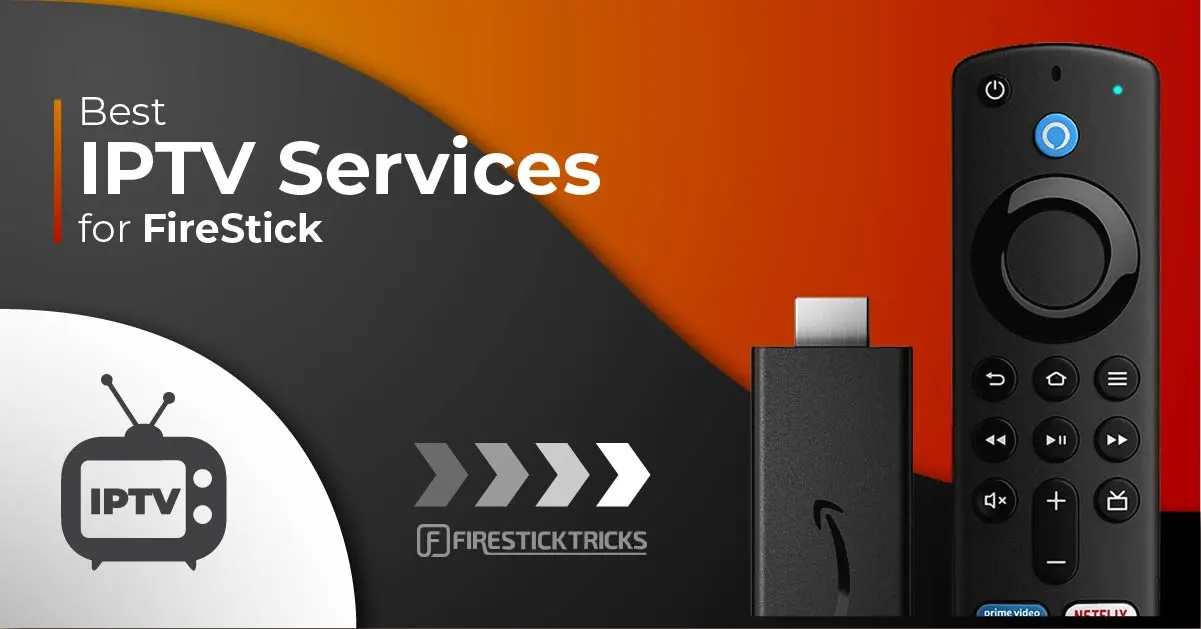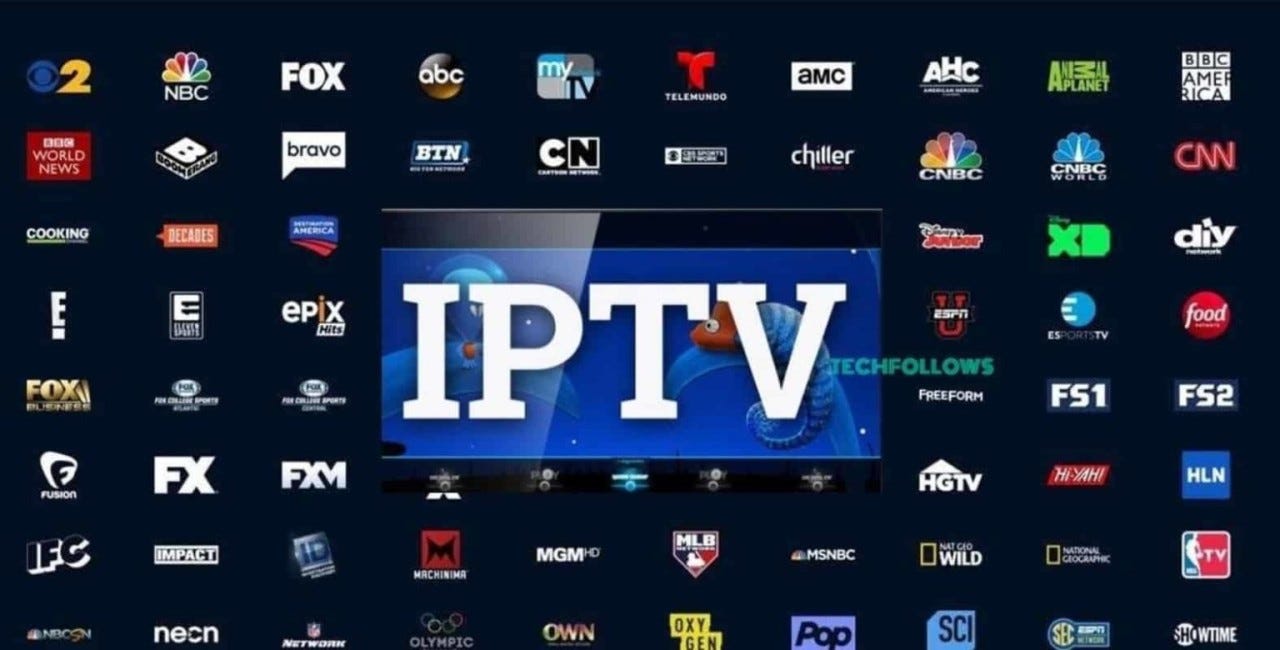Update Your Enjoyment: Economical IPTV Subscription Bundles
Update Your Enjoyment: Economical IPTV Subscription Bundles
Blog Article
Exactly How IPTV Functions: A Step-by-Step Overview to Internet Method Tv Modern Technology
Internet Procedure Television (IPTV) has actually changed the way we consume television content, using a brand-new world of opportunities via the power of the net. From the basic concepts of IPTV to the complex process of content delivery, each step plays an essential function in making sure a smooth viewing experience.
IPTV Fundamentals
In comprehending IPTV fundamentals, it is essential to comprehend the essential functions of this innovation in providing television material over the web. IPTV, which means Internet Protocol Tv, makes use of Net Procedure (IP) networks to transfer television content to users' devices. Unlike typical approaches of relaying television material via cable television or satellite signals, IPTV streams media through high-speed net links.

Moreover, IPTV enables interactive capabilities, such as video clip on need (VOD) and electronic program overviews (EPG), improving the user experience by providing even more control and versatility in accessing content. On the whole, comprehending the basics of IPTV establishes the foundation for discovering its advanced capabilities and the benefits it offers to modern-day television intake.
Material Distribution Process
Efficient material distribution in IPTV systems involves a well-structured process that makes certain seamless transmission of television material over IP networks. The material shipment process in IPTV starts with the development of the video clip material, which is then encoded right into electronic style ideal for IP transmission.

Middleware Capability
With the assimilation of middleware, IPTV systems gain boosted performance that improves user interaction and web content administration. Middleware acts as an important component that bridges the void in between the individual interface and the back-end infrastructure, facilitating smooth communication and interaction within the IPTV system. Among the essential functions of middleware in IPTV is to make it possible for individualized individual experiences by providing attributes such as interactive program guides, video-on-demand visit services, interactive advertising and marketing, and individual preferences administration. By centralizing these functionalities via middleware, service carriers can use an extra dynamic and customized IPTV experience to their subscribers.

Device Compatibility
Given the critical role of middleware in enabling seamless interaction and content monitoring in IPTV systems, a crucial aspect to consider is the compatibility of tools made use of for accessing the IPTV solutions. Gadget compatibility is necessary for making sure a smooth individual experience and ideal performance when accessing IPTV content.
In the context of IPTV, tool compatibility describes the capability of a device to successfully interact with the IPTV service, show material appropriately, visite site and sustain the needed procedures and codecs for streaming video content online. Various gadgets, such as smart Televisions, set-top boxes, smart devices, tablets, and computers, might have differing degrees of compatibility with IPTV solutions.
To make sure a seamless viewing experience, it is essential for users to choose tools that work with the particular IPTV solution they are utilizing. Additionally, IPTV company should supply support for a wide variety of devices to deal with the diverse demands of their individual base. By focusing on gadget compatibility, both customers and service providers can improve the overall IPTV experience.
High Quality of Service (QoS)
Taking into consideration the crucial function of keeping a high criterion of performance and reliability in IPTV systems, guaranteeing constant Top quality of Solution (QoS) continues to be a fundamental aspect of the individual experience. QoS in IPTV refers to the capability of the system to provide content with minimal interruptions, high resolution, and fast filling times.
Company utilize QoS systems such as web traffic prioritization, buffering, and mistake improvement to maintain a secure IPTV solution. By focusing on IPTV web traffic over less time-sensitive data, providers can ensure smooth playback even throughout height usage hours. Buffering helps make up for network variations, while mistake modification techniques enhance information stability.
Constant monitoring and optimization of QoS criteria are necessary to adapt to changing network problems and individual demands. Inevitably, a durable QoS framework is essential for providing a seamless and delightful IPTV experience to individuals.
Conclusion
In verdict, IPTV operates through the transmission of tv content over net procedure networks. The innovation involves an organized process of web content shipment, promoted by middleware performance to ensure compatibility throughout various gadgets. Quality of Solution plays an essential duty in maintaining the performance and reliability of IPTV solutions. Understanding the essential concepts of IPTV is vital for grasping the complexities of this cutting-edge television modern technology.
Report this page